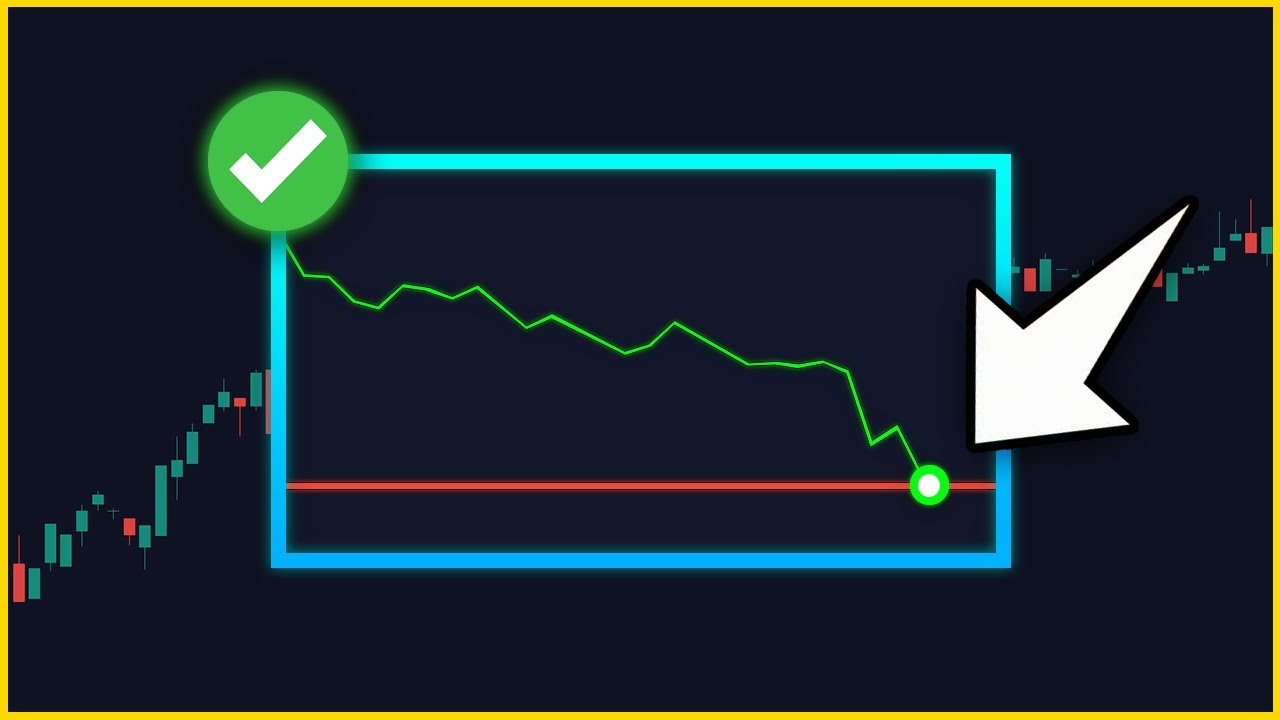Has this ever happened to you? Your Trading strategy gives you all the signals to enter a trade, so you do. The chart looks extremely promising, and you’re confident the price is about to rise. You set your Stop Loss, establish your take profit, and keep your eyes glued to the monitor.
It turns out you were right about the price movement. However, before going up, the price barely touches your stop loss, triggering an exit. You end up with a losing trade while missing out on all the potential profit.
What about a way to know where to put your stopping loss? A method that reduces the possibility of your stoppage loss becomes a hit before the price increases in your side?
Well, lucky for you, a way! In this article, I show you how to use a powerful indicator to adapt the placement of stop losses and improve your trading strategies.
The difference between a scoundrel and a pro-businessman
Let’s consider two traders:
- The Rookie Trader: Enters a trade after seeing their indicators line up and places their stop loss at the most recent swing low, thinking it’s a safe level.
- The Professional Trader: Enters at the same price but uses a special strategy to determine the optimal Stop Loss placement.
What happens next? The rookie trader gets stopped out and loses the trade, while the professional trader stays in and makes a huge profit. The only difference? The placement of their stop loss.
So what is this mysterious way that helps you set up losses more efficiently? This is ATR (average true range) indicator. ,,
What is ATR and why should you use it?
ATR (average true range) calculates the average value of the value movement in a specific number of indicator lights. By default, it looks at the last 14 candles to determine the average size of the market’s ups and downs.
Each time you add this indicator to your chart, you can customize the settings to analyze a separate number of candles (eg 5, 50, etc.), but most traders stick to the standard 14 period ATR. ,,
For example, if the ATR price for atherium is ** $ 17.32 **, it means that the average size of the last 14 lights is $ 17.32. This information is important because it gives us an insight into the recent ** instability in the market.**
Why Volatility Matters for Stop Loss Placement:
Let’s say you enter a trade and decide to place your stop loss just below the recent swing low. Many traders do this, believing it’s a safe spot. Some might even add a small buffer, such as moving the stop loss **$10 lower** to avoid getting stopped out.
While this approach is somewhat logical, **it doesn’t account for market volatility.** Every asset has a different level of price movement:
- Bitcoin fluctuates much more than a blue-chip stock like Apple
- Higher time frames (daily, weekly) require larger stop losses than smaller time frames (15-minute, 1-hour)
For Example:
- The ATR on a 15-minute Bitcoin chart might be $200
- The ATR on a daily Bitcoin chart could be $3,000
This means that Stop Los must be adjusted by the market and the deadline ** to ensure that it is not too tight or too wide.
How to use ATR to put your stoppage loss:
Instead of estimating how much a turn to put your stoppage at least below, we calculate ** using ATR ** by adding an instability buffer correctly **.
step-by-step guide:
- Add ATR indicators to your chart *(eg in the trading village, go to the indicator tab and search for “ATR”).
- Find ATR price for the current market status ** (Make sure your cursor is at the last price point).
- Determine the first stopping level ** (eg turn low).
- Adjust stop loss using ATR: **
- New stop los = turn low – ATR value
Example 1: Ethereum
- Take turn: $ 4,339
- ATR -Price: $ 16.02
- Adjusted Stop Los: $ 4,339 – $ 16.02 = $ 4,322.98
Example 2: The stock market
- Take turn: $ 310.75
- ATR -Price: $ 2.58
- Adjusted Stop Los: $ 310.75 – $ 2.58 = $ 308.17
By doing this, we ensure that there is ** enough space in stop loss that is responsible for instability ** while we are still protecting our capital.
Why does this strategy work:
This method helps you avoid unnecessary stop-out-out-out and at the same time maintain the right risk management strategy. ATR -based minor adjustment:
✅ Prevents premature stop-outs
✅ Allows your trade more room to breathe
✅ Optimizes risk-reward ratios
By incorporating ATR into all your trading strategies, you’ll see a noticeable improvement in your results.
Final Thoughts:
If you’ve ever been disappointed with a hit very early from stop loss, this strategy is a game change. ** Start using ATR indicators to determine stop loss placement, and you will avoid unnecessary losses by improving the success rate for the business.
Try this method with your favorite strategies – when I used to return a ** 130% in just two months of trade! ,,
Thank you for reading, and happy trade!
